On Judaism and Community…
7 years ago by

On Tuesday evening, my friend and I drove up to an apartment building in South Norwalk, Connecticut. It was the home of a distant relative of my friend’s, whom he’d only met once. Neither of us had been there before and we didn’t know what to expect. As we exited the elevator, we knew immediately which door it was from the familiar smells of Jewish cooking wafting into the hallway. Sweet potato, meatloaf, roasted carrot, etc.
We were greeted with the question: “Matzoh ball?” And both answered instantaneously and in sync, “Yes, please.” For the next thirty minutes I ate and listened as Marty and his distant family member recounted the genealogies of their connection through their shared ancestral history. Jewish geography at its finest.
After our meal, we were invited to Kol Nidre services at the nearby synagogue. Marty and I stood next to each other, as we’ve done for the past several years. The setting was entirely new, yet exceedingly familiar. The beautiful stained glass windows, the Hebrew prayer book, the slowly turning weather allowing me to wear boots with my dress, his tallith (the Jewish prayer shawl worn in synagogue), the melodies I’ve memorized, the insightful sermon. Neither of us had ever been there before, but it felt as if we’d been there forever.
Driving home from synagogue, I curled up in the passenger seat of Marty’s car, not minding that we were fasting now for the next 24 hours. Dark suburban highway, shoes off, bluegrass on the radio. Comfortable, and safe, and warm.
—
Growing up, I didn’t identify with my Jewish faith. Sure, I loved weekend brunches with my grandparents at the Jewish deli, recognizing myself within Jerry Seinfeld’s jokes, and celebrating the holidays. But the rest of it, I followed along with merely because it was what my parents did, what was expected of me.
Don’t get me wrong, I never rejected Judaism, I just didn’t understand it. I saw Hebrew school as a painful waste of time and High Holiday services as something I had to sit through in order to get to the matzoh ball soup. Dutifully, I learned my Torah portion for my Bat Mitzvah, but I don’t think I grasped the significance of the day.
—
It wasn’t until I left home for college that I realized how much my Judaism meant to me. I was a lonely and homesick freshman who wandered into Shabbat services my first Friday night on campus mainly because I had no friends and nothing better to do. In the midst of the most overwhelming week of my young life, I found a seat in the circle and listened as the rabbi encouraged us to take a moment to breathe, to reflect on the immense change we had undergone from just one Shabbat prior, to honor that transition, to sit with it. For both the first time in my new college life and for the first time in a religious context, I felt deeply seen. That night, something shifted for me. The physical interpretation of Shabbat, the Jewish practice of taking the time to rest and creating space for reflection felt radical and healing to me.
—
There is a Hebrew prayer called the Shehecheyanu. It is meant to be recited on the occasion of new experiences, to mark moments of change and transition. It’s words literally translate to giving thanks for “enabling us to reach this season…” What a beautiful thing.
—
By my senior year of college, I was living in a house with three of my closest friends. It was a real home with a front stoop, window boxes, a back porch, and a lot of love. I was happy. And I wanted to honor that by hosting a Shabbat dinner at my house the first Friday of senior year. It was a full circle moment as I gathered all my friends into my living room and recounted the story of my first Shabbat at Wesleyan, when I was alone and trembling. But now, I was leading the Shehecheyanu as I poured the wine and served the food, looking around at the people I was bringing together, at the life I’d created for myself.
—
I realized that my Judaism did not necessarily have to look like that of my parents’. Or that of my grandparents’. For so many years, my understanding of religion, and subsequently Judaism, was lacking a sense of individualism. But now, I see it as a DIY of sorts. You can mold it into what you need it to be. And for my process of growing into an independent, Jewish womanhood, the notion of community was integral.
—
This year marks the first High Holidays that I have not spent at home (in Cleveland, with my family) or at college (at Wesleyan, with my adopted family).
For Rosh Hashanah, I was welcomed into a friend’s home and celebrated the first night of the Jewish new year with her family’s South African traditions. There were no Hebrew blessings and no Ashkenazi rituals, but there was wine, and laughter, and debate, and warmth. And it was generous and loving.
The following evening, yearning for the familiar melodies and mumbled prayers I’d grown up with, I decided to attend a traditional service post-work. After googling “Conservative synagogues in lower Manhattan,” I stumbled into one, utterly shocked to find a partition wall in the center of the temple that separated men from women. Realizing I was accidentally in an Orthodox synagogue, I ran outside, upset by the seemingly archaic idea of separation of gender. As I stood outside the synagogue contemplating my next move, a young family urged me to come inside. The mother of five, who looked no older than 30, said, “We all pray to the same God anyways. You sit, you stand, you say Amen. Come in, sit with us.” I followed her. I was completely out of my element, but she was right—I knew when to sit, to stand, and when to say Amen. It was nice. The mother insisted I join her family for dinner. It was more than I bargained for, but I joined them. And they fed me and blessed me and said the Shehecheyanu for me.
That’s the thing about Judaism. It doesn’t matter how far from home you are. Someone’s door is always open, someone’s table is always inviting, and someone’s soapbox is always ready.
In fact, I feel more confident than ever that my Jewish faith will always be a place I can create a home within.
—
Last night, Marty and I broke the Yom Kippur fast by splitting a chocolate milkshake (plus a lot of other things that followed) at a diner, exactly like we have for the past few years. It’s our tradition. We spent the day talking, napping, playing guitar. It was a good day. I got on the train back to New York and I didn’t cry. In fact, I felt more rested and more at peace than I have in quite some time. I’m thankful to my religion for giving me that space, for forcing reflection, for honoring the passage of time, and for celebrating the future’s unknowns. I’m thankful for a religion where there isn’t one set way to do things, where individuality is important and difference is applauded. I’m thankful for over-protective Jewish mothers and fiercely loyal Jewish fathers. I’m thankful for matzoh ball soup recipes I’ve got years left to master. I’m thankful for friends that have become family, old traditions and new. And I’m lucky…for I’ve come to realize that my Jewish identity is like a patchwork quilt—comprised of countless different pieces, representing different parts of myself and my history—that I can wrap around myself whenever I need. And I know it’ll always keep me warm.
























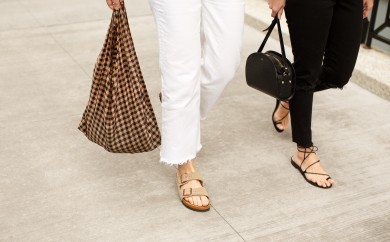
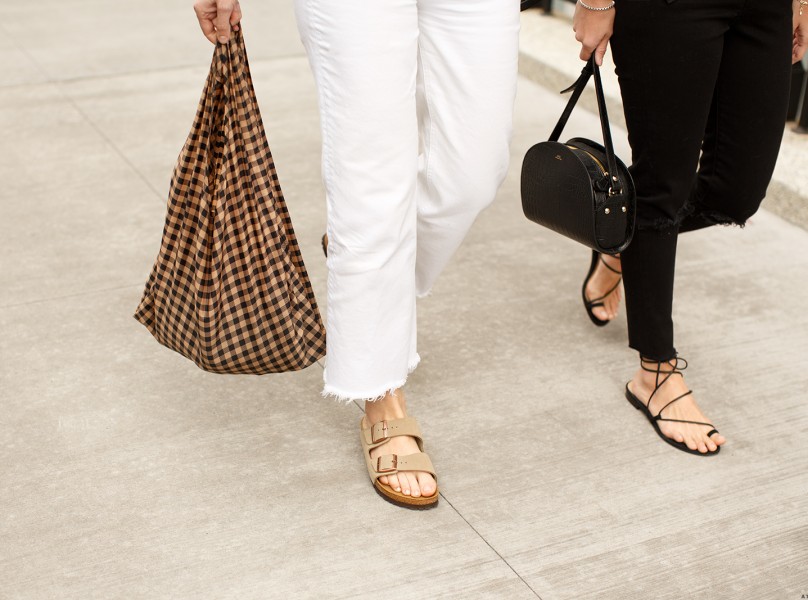
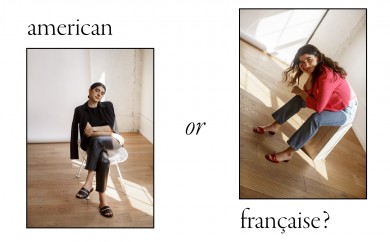
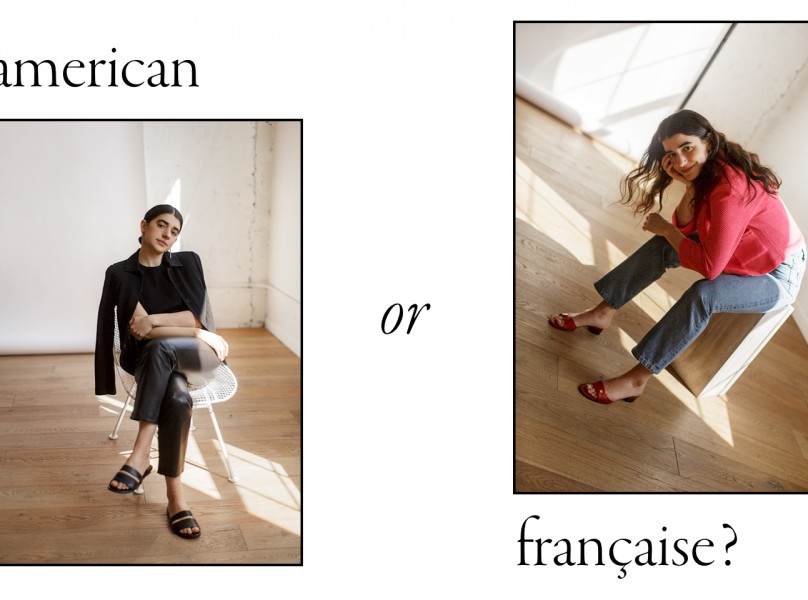
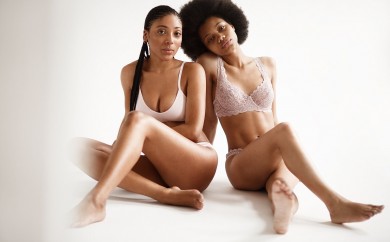
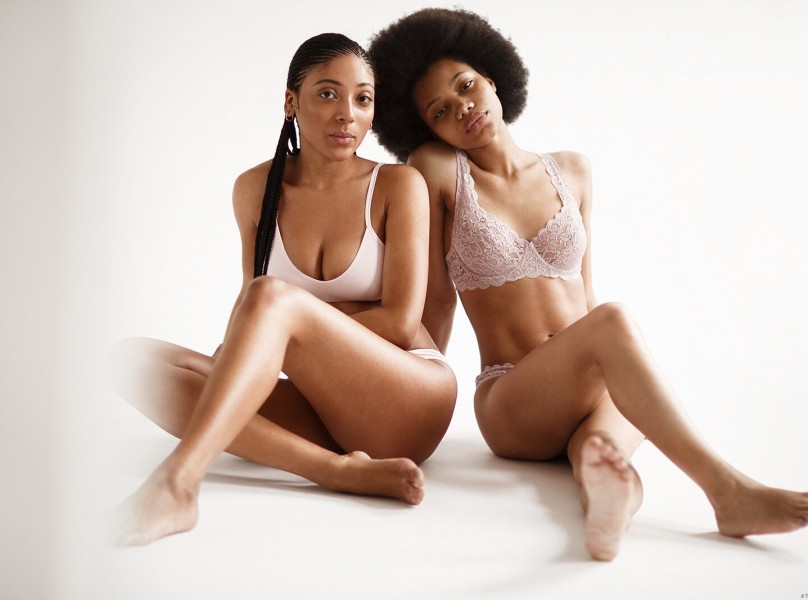
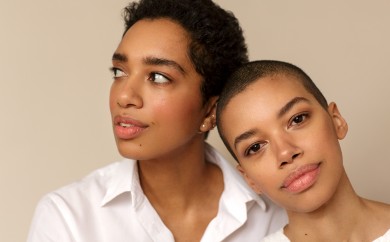
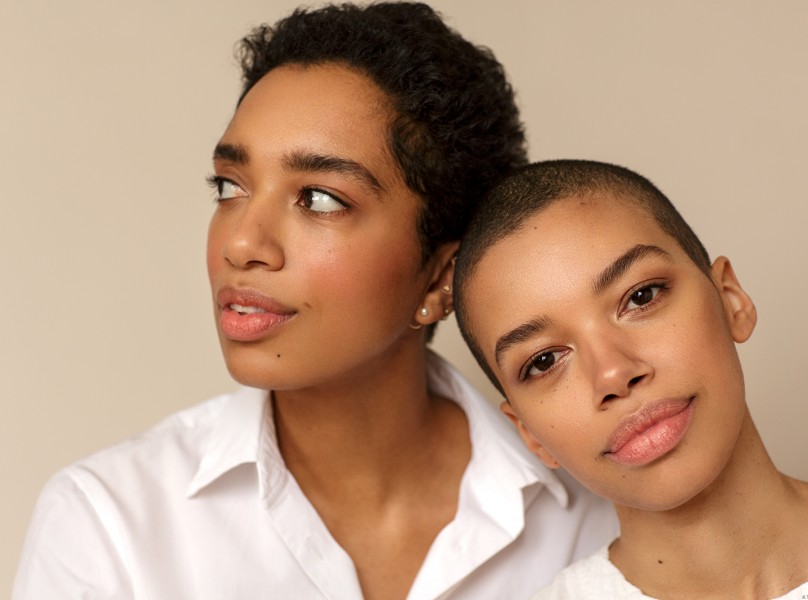


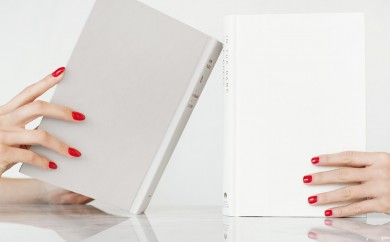
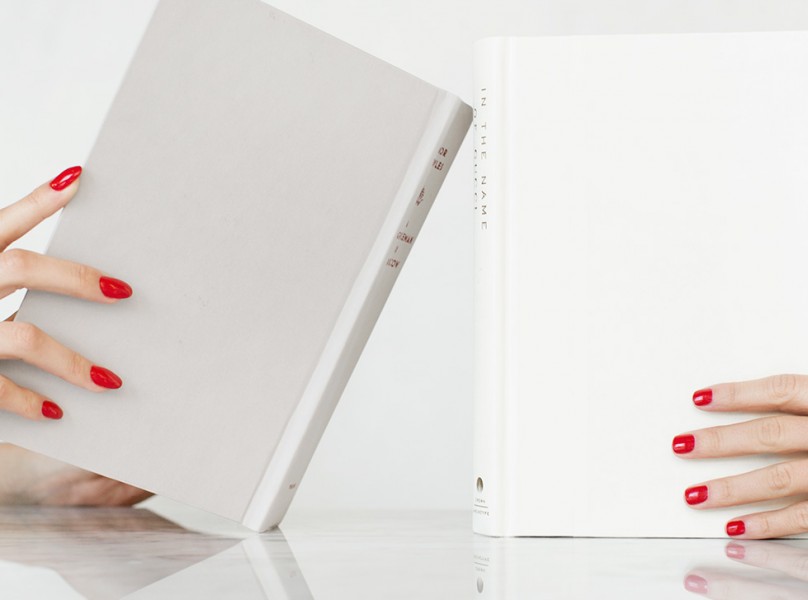
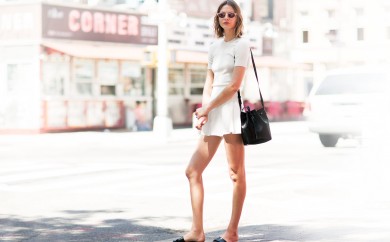

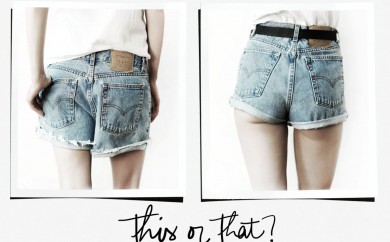
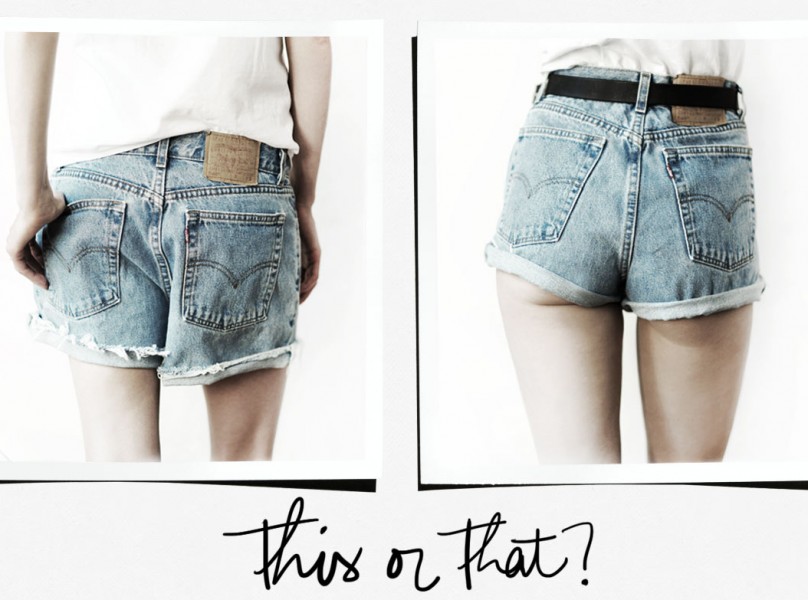
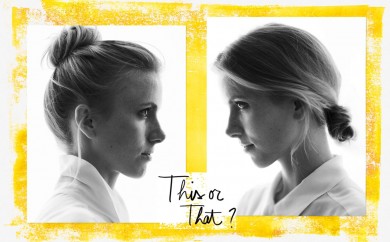
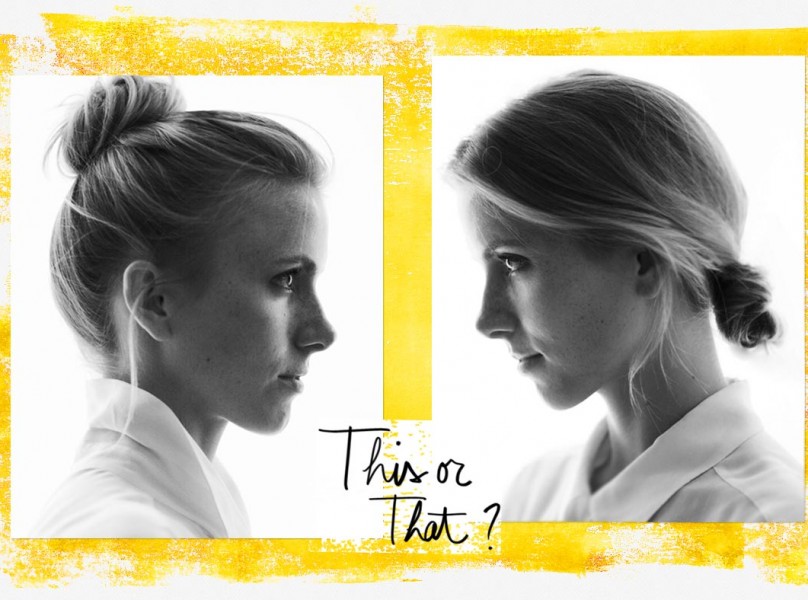

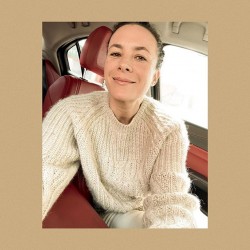

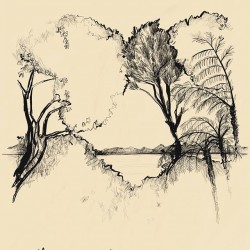
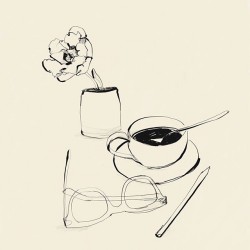
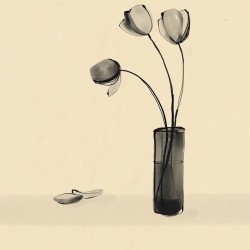
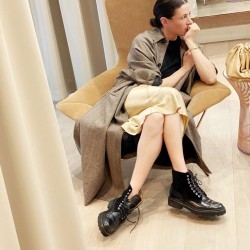

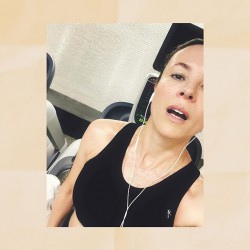
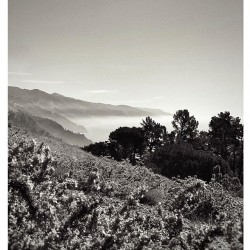
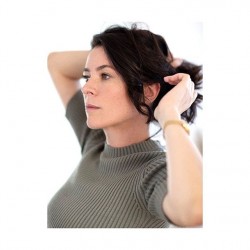
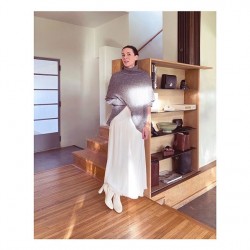
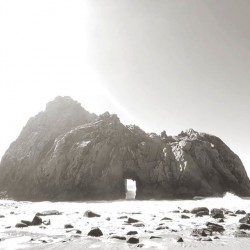
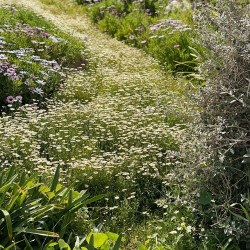
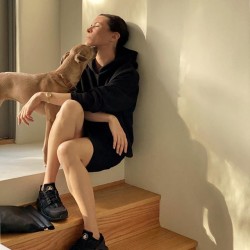
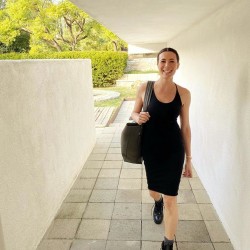
Thank you that was beautiful. You are amazing in every way
This is the kind of writing that makes you feel all cozy and happy and nostalgic. Love love it.
Lovely. I enjoyed reading that immensely.
This is absolutely beautiful and I completely relate to every word. Saving and sharing. Thank you for sharing with us.
This was a beautiful thing to read. Thank you so much for sharing. I especially needed this today — with the country feeling very hostile and divided, the warmth and community you describe feel like a balm.
Thank you so much for writing this. As a patchwork jew myself (jewish father who I am estranged from, non-jewish mom), the older I get the more I realize that judaism is an important part of my cultural identity and heritage, even if I might not believe in all of it. I feel so lucky to come from such a beautiful culture with such a rich heritage, and all of this resonated so much with me!
What a sweet essay! Thank you for sharing. . . I am much further along life’s road than you (probably about your mother’s age) but appreciated the richness of your experience. I think we do have more possibilities on our Jewish journeys these days, and that is good.
Such a beautiful post! Thank you for sharing.
Loved reading you’re well written and so familiar article.. all the way from belgium
Thank you so much, Joanna! I appreciate your kind words! Xo, Linne